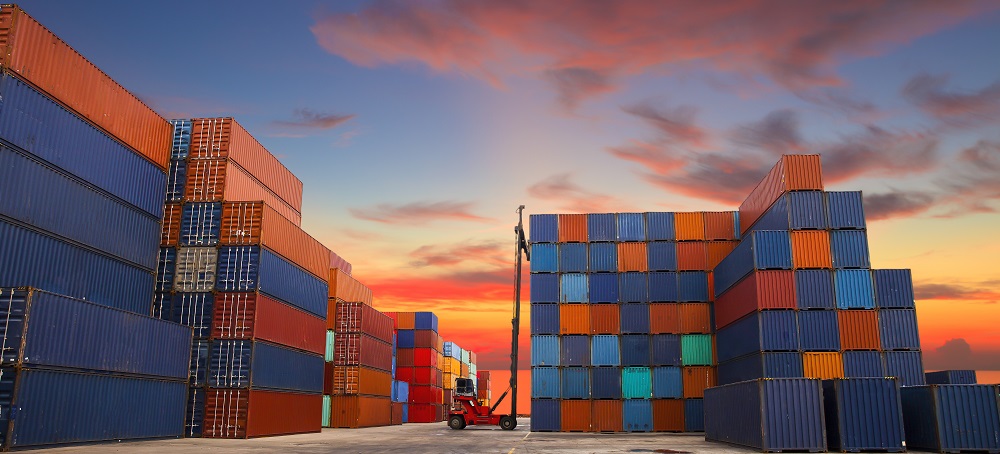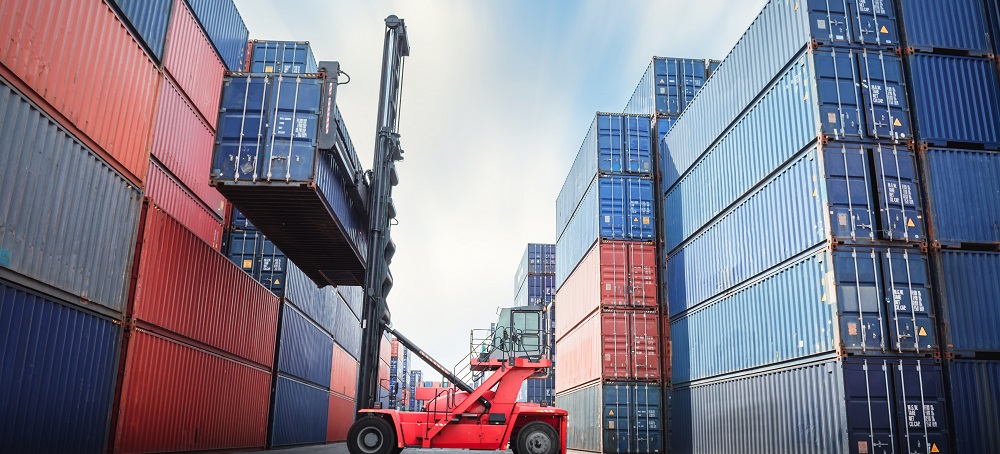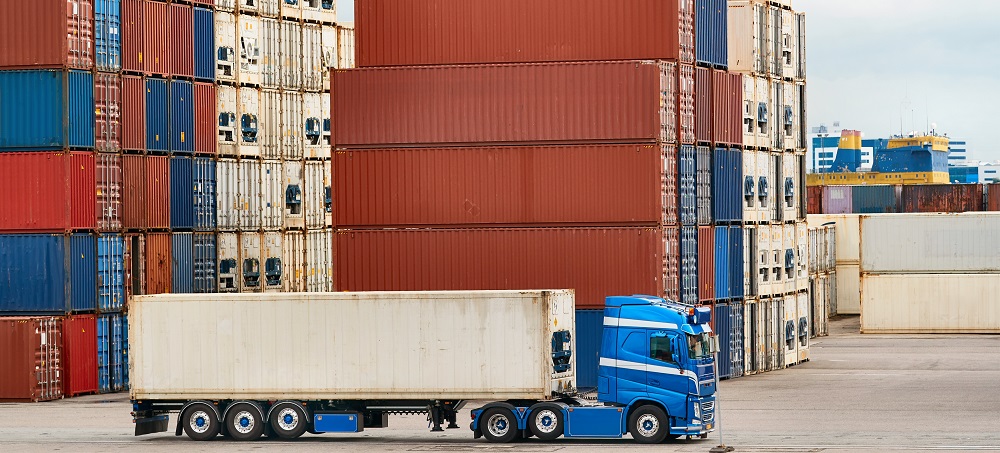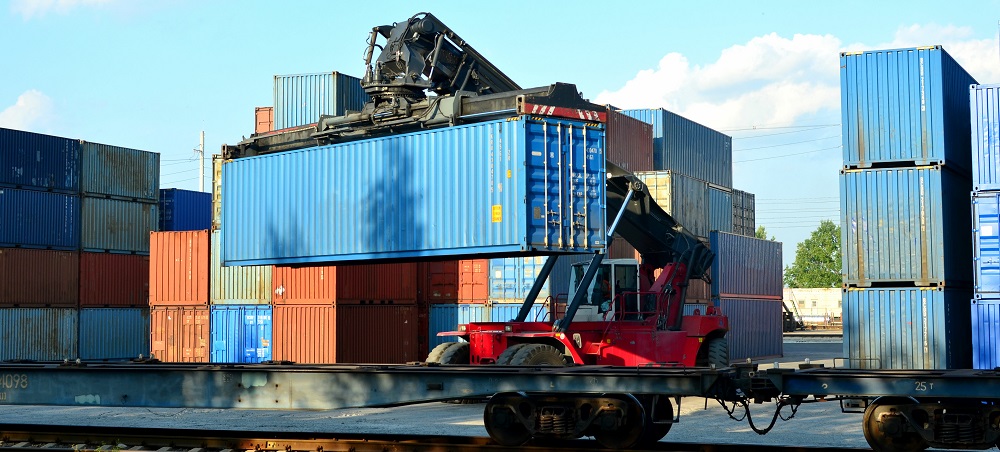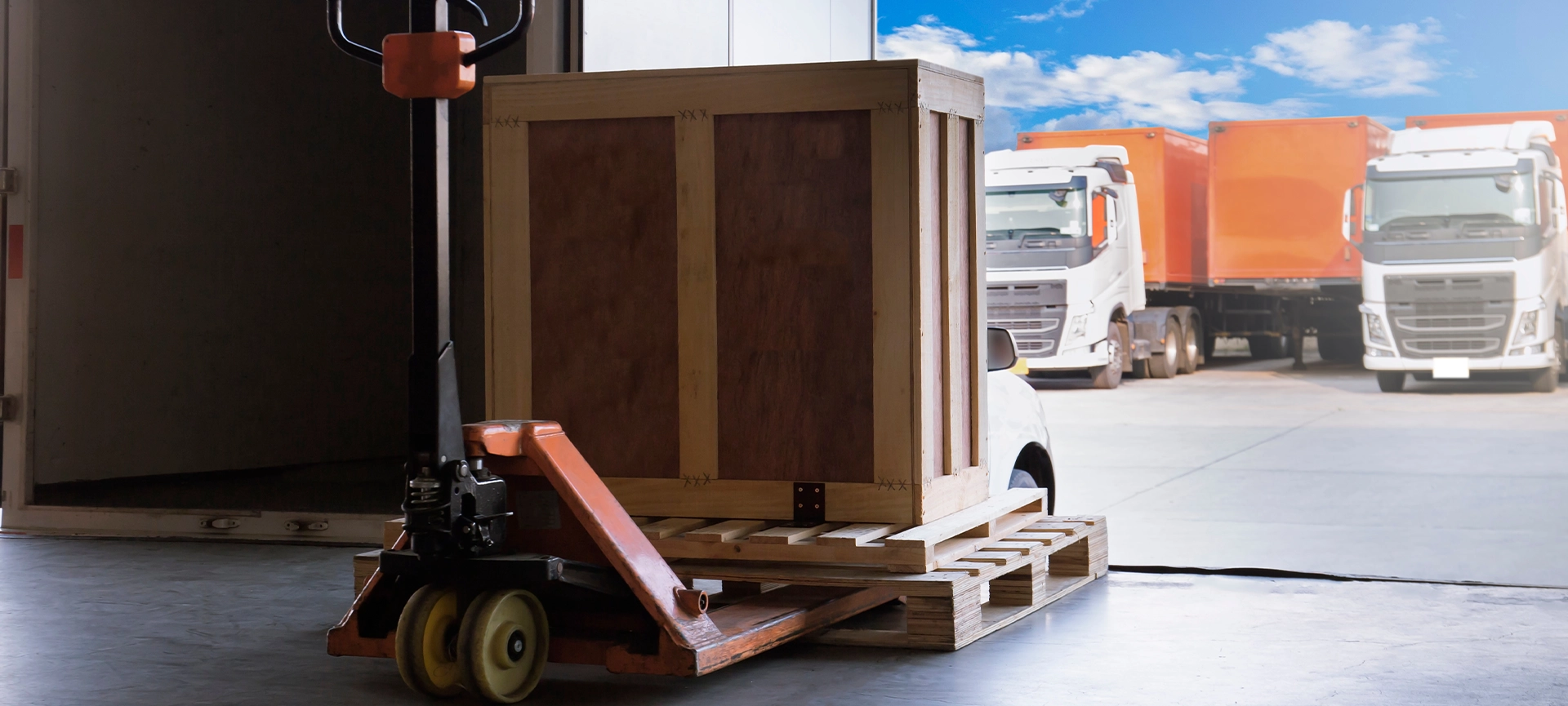Intermodal transport uses two modes of freight, such as truck and rail, to ship goods from provider to consignee. However, you must understand first what intermodal containers are before you try to explore the intermodal transport.
Typically, the intermodal process uses a container to make items easily moved by truck to a rail. Intermodal shipping accounts for about 25 million containers each year. So you see, it’s highly effective.
However, there are crucial details you need to understand including when to use intermodal containers. This way, this mode of transport will work out effectively for your business.
What are the Intermodal Containers?
Intermodal containers are a large standardized container used in shipping items. It is built and designed for intermodal freight transport. These containers are known under various names, such as ISO container, cargo or freight container, sea/ocean container, and container van.
What are intermodal containers? Generally, these containers are used to ship items across different modes of transport.
For example, the items will be shipped from ship to rail to truck, using the same container, without unloading and reloading the cargo.
The primary purpose of these containers is primarily to be a storage of materials and products. Besides, one of its advantages is you can efficiently and securely transport your items via the global intermodal freight transport system.
Related article: The Top Intermodal Trucking Companies in Canada
Types of Intermodal Cargo Containers
Since you already know what intermodal containers are, you must also determine the different types available for your business.
Dry Freight Containers
Dry freight containers are the most common and general-purpose containers. They carry all types of cargo types without any specifications. They are airtight and usually lack any ventilation system.
Insulated ISO Containers
This type of container works under regulated temperatures by protecting its insides from specific temperature gradients. It can be used throughout the year, irrespective of the weather condition.
Open-top Containers
As the name suggests, these intermodal containers have no roof. Open-top containers are designed to carry heavy items and large equipment that don’t fit in an enclosed container.
Flat Rack Containers
This container is a bit different from others due to its collapsible sides. Also, its sides can be folded to make a balanced rack-like model.
Same with open-top, it has no roof and shippers use it mainly for transporting large, tall and wide materials such as heavy equipment, construction materials etc.
Refrigerated Containers
Refrigerated containers are also called reefer containers. These containers have an internal temperature controller ranging from -65ºC to 40ºC to preserve specific goods. Shippers use these containers for perishable goods such as medicines, fish, meat, vegetables, fruits etc.
Tank ISO Containers
Tank containers are made up of anti-corrosive materials used for transporting powders, fluids, etc. According to guidelines, these intermodal containers must be at least 80% full to prevent liquids spills. Also, to allow for thermal expansion, they must not be more than 90% full
If you don’t have an idea when to use intermodal containers, you can determine it by knowing the exact need of your unique cargo. By knowing your cargo type, you can also identify what kind of ISO container is best for your business.
What are the Benefits of ISO Containers?
If you’re still not convinced about why ISO containers should be your go-to option, here’s the list of their advantages.
Time-efficient and Effort Saving
With ISO containers, you don’t have to worry about loading and unloading your cargo several times. You can load the goods in the container once and then use it throughout the transport process.
It doesn’t matter whether the container travels from the sea to rail to road. It means you can save time and effort.
Cost-effective
Intermodal containers don’t require an additional series of operations that require time. They can help you avoid needless miles that directly translate into saving vast amounts of money. Thus, ISO containers are one of the most cost-effective containers for any logistic business.
Increased Capacity
ISO containers can also increase the scope of transporting large cargo efficiently at one time. You can easily scale up your operation to accommodate more cargo.
Reliable and Effective
Aside from capacity, one of the advantages of intermodal containers is its reliability and effectiveness, which are the deciding factors of a profitable logistic business. The entire transport process has become more accessible, reliable and efficient because it diminishes all roadblocks.
Safe and Convenient
Due to the strict ISO guidelines and standards, these containers eliminate the risk of any hazardous accidents. Moreover, the entire transporting process can be tracked in real-time, making it more convenient.
Key Takeaways
If you prefer to use more than one mode of transport to move your cargo, you can switch to intermodal transportation. You can also benefit from the several advantages of intermodal containers.
For one, it is suitable for long-haul services. You can save money, time and effort as well. All in all, intermodal containers are key to sustaining and improving supply chain operations in the transportation industry.
If you are looking for intermodal transport services in Toronto, you can visit Roadlinx. Call us at 905-760-1141 or email us at ian@roadlinx.com to get free estimates.

